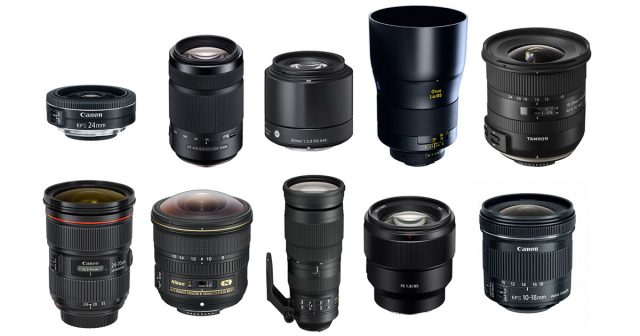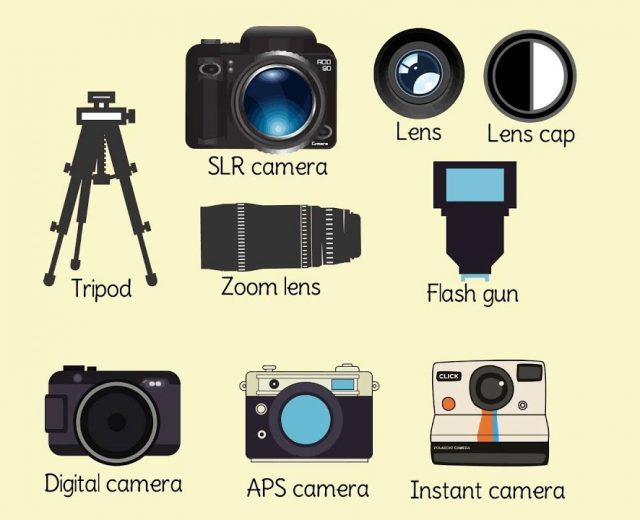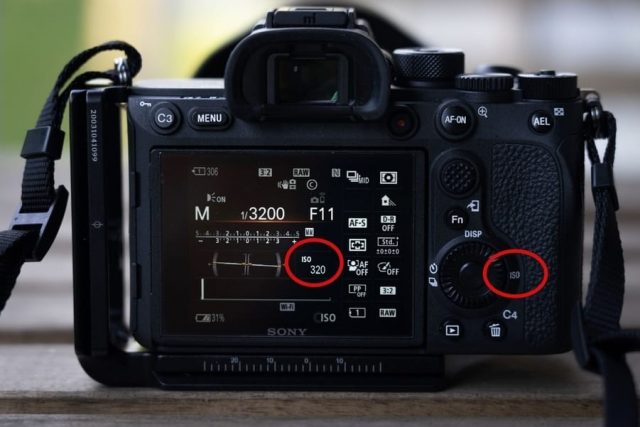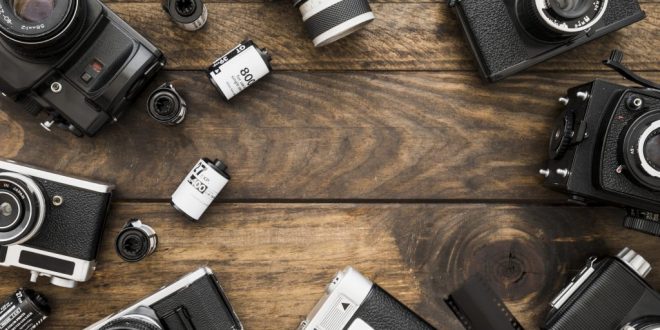Learning photography may seem like a daunting task, especially if you do not know the terms that are being used to explain it. Understanding the basic photography terms before you start learning the skill is a crucial first step you need to take to become a good photographer. All the ‘how to’ guides you may be referring to might be confusing and hard to comprehend.
So, we have created this comprehensive guide to make things easier for photography enthusiasts:
1. TYPES OF LENSES:

APERTURE
The aperture basically controls the amount of light that enters the lens. it is the size of the opening lens and is measured in f-stops. The f-number (or f-stop) is the ratio of the diameter of the hole of the aperture and the focal length. We write it as “f/” followed by a number (for example, f/2.8). As the number decreases, the aperture physically gets wider. More light passes and the depth of field gets shallower. Lower the f-stop number, lower the light capacity.
ASPECT RATIO
If you’ve ever printed images before, you’ve probably noticed that an 8 x 10 usually crops from the original image. That’s due to aspect ratio. Aspect ratio is simply the ratio of height to width. An 8 x 10 has an equal aspect ratio to a 4 x 5, but a 4 x 7 image is a bit wider. You can change the aspect ratio in your camera if you know how you’d like to print your image, or you can crop your photo when you edit it to the right ratio.
FOCAL LENGTH
In the lens, the point where the light rays converge is called the focal point. The difference between the plane of the lens and the focal point is called the focal length. This number is expressed in mm and written on the outside of the lens. A 35mm lens has a distance of 3.5cm between the focal point and the principal plane of the lens.
The focal length decides the angle of view and magnification in photography. This is one of the main parameters which marks and groups the lenses.
ZOOM LENS
The zoom lens allows you to change the focal length, which in turn allows you to keep the perspective under control.
PRIME LENS
A prime lens is a fixed lens that does not zoom in or out. So, you cannot change the focal length of the prime lens. These are often lighter and are considered to have better quality as compared to zoom lenses.
WIDE-ANGLE LENS
The focal length of wide-angle lenses is shorter than the diagonal size of the image they take, and wide-angle lenses have an angle of view of 64° and 84°. So, they have a wider view than a standard lens and our vision.
FISH-EYE LENS
A fisheye lens produces images with strong barrel distortion. This happens because of the angle of view being wider than the sensor or film format which squeezes the edges to fit.
They go from 4.5mm to 16mm, depending on the sensor size. They have an angle of view from 100° to 180°.
MACRO LENS
This lens is specifically designed to take close up pictures. These lenses have very close near point and can produce a magnification of 1:1 ratio or higher, perfect to click pictures of small objects from a distance.
Book the best Photographers in your city, contact us at venuelook.com/photographers/delhi/vendors
2. CAMERA RELATED TERMS:

SLR
SLR stands for single lens reflex and these cameras consist of a single lens that is used for focusing, viewing and capturing. SLRs use a mirror and a prism to reflect the light that comes into the camera. This allows photographers to see through their viewfinder and see exactly what they are going to capture. The mirror flips up when the shutter is opened to allow light to expose the film. These are analog cameras, and they use film.
TLR
TLR stands for twin lens reflex and is a type of vintage camera. In this type of camera, the viewfinder uses a mirror, a matte focusing screen, and a hood and the bottom lens serves the purpose of taking the picture.
DSLR
DSLR stands for Digital Single-Lens Reflex camera. They work with the same mechanical system as SRLs, but instead of using a film, they capture the image digitally and store it on a memory card.
Book the best Photographers in your city, contact us at www.venuelook.com/photographers/delhi/vendors
3. CAMERA SETTINGS:

SHUTTER SPEED
Shutter speed is the length of time the camera shutter is open, exposing light onto the camera sensor. Essentially, it’s how long your camera spends taking a photo.
ISO
ISO stands for International Organization for Standardization and refers to the sensitivity of the photographic film.
APERTURE PRIORITY
This is a camera setting where you can set the shutter speed and it changes automatically.
SHUTTER PRIORITY
Using this setting, you can set the shutter speed and the aperture changes automatically.
BURST MODE
This is also known as the continuous shooting mode and is used to capture a number of shots in a fast sequence.
EXPOSURE
Exposure is the quantity of light reaching a photographic film or digital sensor.
Book the best Photographers in your city, contact us at venuelook.com/photographers/delhi/vendors
To find and book the best-suited wedding photographer in your city, get started here: Wedding Photographers
You May Also Like:
- 5 Best Cameras For Photographers – Beginners and Enthusiasts!
- Tips to Hire a Wedding Photographer that’s just the right match for you
- Capture Your Best Honeymoon Moment with these Photo-Shoot Ideas
- Tips For The Best Pre-wedding Photoshoot!
- Have the Most Innovative Pre-Wedding Shoot & Create Memories for a Lifetime!
- Bucket List for Grooms – 6 Must Do’s Before Wedding
- Photo Booth Ideas for Weddings 2020!!
Have you sent out invitations for your upcoming event? If not, save paper and send free online invitations now.
Looking for a party venue? Browse and book best-suited party venues from VenueLook.com
 Event, Party & Wedding Planning Tips & Ideas for Celebrations Party and Event Planning Tips, Resources and Venues
Event, Party & Wedding Planning Tips & Ideas for Celebrations Party and Event Planning Tips, Resources and Venues










